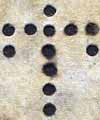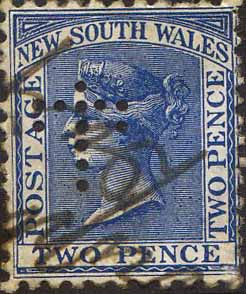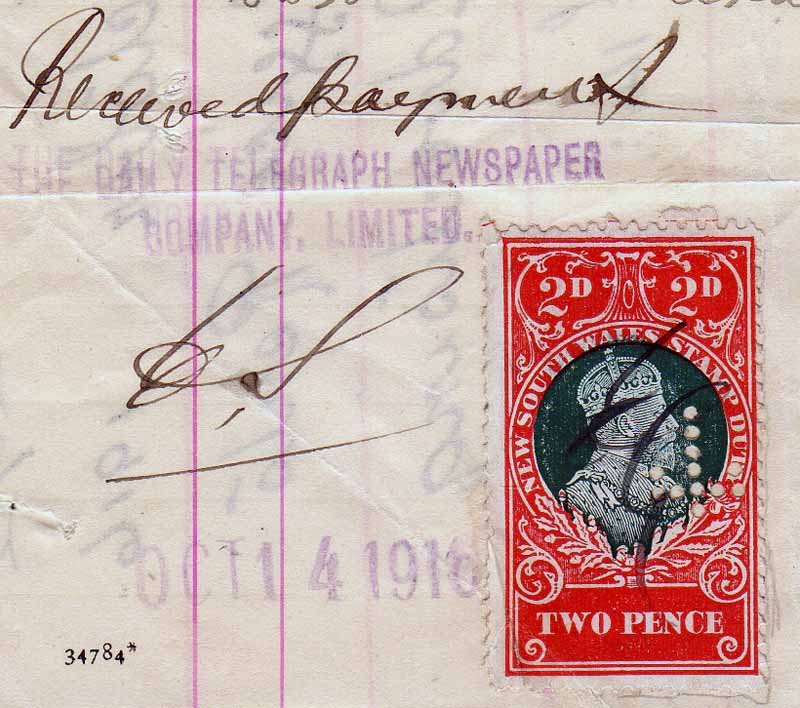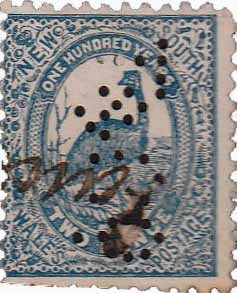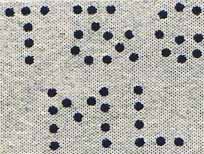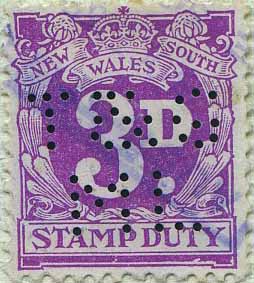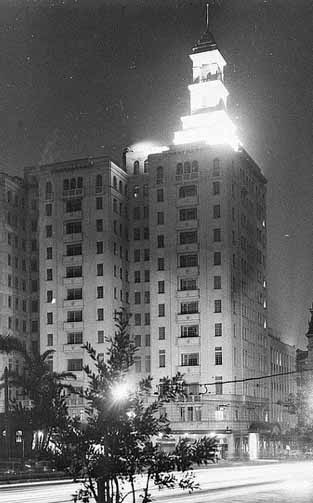|
Private Revenue Perfins of New South Wales An Elsmore Coath production The authors would welcome your comments additions or input into this work A B C D E F G H I J K L M N O P Q R S T U V W Y Other T -------------------------------------------------------- T.a
User: The Daily Telegraph Newspaper Provider Address: Cnr Castlereagh & King St’s, Sydney, NSW 155-157 King St, Sydney, NSW Revenue Use: 1882 fiscal issue 2d KEDVII 1909-28 issue 2d Rarity Scale: 1882 fiscal issue 2d R3 KEDVII 1909-28 issue 2d R4 Background: *The Daily Telegraph was founded in 1879. They were a smaller and cheaper alternative to the dominant Sydney Morning Herald (SMH) but after some initial difficulties they became the SMH’s major competition. In 1894 the Daily Telegraph become the first Australian newspaper to use Linotypes, which made their printing more efficient, the Sydney Morning Herald did not follow suit until 1903. In 1912 the Newspaper cleared the site at the corner of King and Castlereagh streets. (72-72a Castlereagh Street) and engaged Architects Robertson and Marks to design a purpose built premises for the Newspaper. Stuart Bros built the 11 story offices and print works between 1914-16. The building housed all of the newspaper's functions, with the printing presses located in the basement and sub-basement. The ground floor was a large foyer with two levels of offices around it. Above this there was a complicated arrangement of low stories, double-height stories and mezzanines accommodating paper storage, stereo room and composing room. The boardroom, library and editorial staff, occupied the fourth floor and above these were five stories of office space, which was leased to tenants. The competition between newspapers in Sydney was fierce and the Daily Telegraph almost failed a number of times. It survived, but underwent a series of name and format changes. In 1924 it modernised its look and included illustrations, then in 1927, it adopted the tabloid format and successively became the Daily Telegraph News Pictorial, Daily Telegraph Pictorial, and then simply Daily Pictorial. The Company went into liquidation in 1927 but continued trading for a few years as ‘Daily Telegraph Newspaper Company (In Liquidation)’. In early 1929 they closed and their building was sold in May 1929. It was converted to a Hotel but this failed and it was purchased by the Southern British National Trust and became known as ‘The Trust building', in 1936 it was old to the Bank of New South Wales (now Westpac). Associated Newspapers acquired the Daily Telegraph along with a series of other Sydney newspapers in 1929. In 1936 Associated Newspapers was purchased by Frank Packer (later Sir) of Australian Consolidated Press and in 1972 that company sold it to Rupert Murdoch’s News Limited. By 2004 the Daily Telegraph had once again become Sydney’s highest circulation daily newspaper.
Daily Telegraph Building Cnr King & Castlereagh St's, Sydney Device: The T.a device was a multi die device with two dies in a horizontal array. We show the two dies below with their correct spacing in mm. The two dies are almost identical and it is extremely difficult to tell them apart. Accordingly we list this as a single pattern. The device was in service from 1890 until at least 1921 and it is found used on the revenue stamps of NSW as well as the postage stamps of NSW and those of Australia. Postal use is very common, revenue use is rare. Related Patterns: Nil *Sydney Architecture web site *Two hundred years of Sydney newspapers: A short history By Victor Isaacs and Rod Kirkpatrick <------16mm------> To inside lower pins
-------------------------------------------------------- T&Co.a
User: T&Co Address: St, Sydney, NSW Revenue Use: QV fiscal 1888 issue 2d Rarity Scale: QV fiscal 1888 issue 2d R4 Background: Device: Related patterns: Nil -------------------------------------------------------- T&G/ML.a
User: T&G Mutual Life Society Ltd (Temperance & General) Insurance Provider Address: Park & Elizabeth St's, Sydney, NSW Revenue Use: Numeral 1929-66 issue 2d, 3d, 9d,
3/-, 5/- Decimal 1966 issue 1c, 3c Rarity Scale: Numeral 1929-66 issue 2d
R3, 3d R1, 9d R4, 3/- R4, 5/- R4 Decimal 1966 issue 1c R4, 3c R3 Background: *The Independent Order of Rechabites (IOR) was a Friendly Society founded in England in 1835 as part of the temperance movement which promoted total abstinence from alcoholic beverages. Such Friendly Societies were established to help working class people access health programs and Life Assurance and later they provided basic banking products. The organisation later moved to the United States and Australia. In 1876 the IOR in Australia founded the T & G Mutual Life Assurance Society. The 'T & G' stood for 'Temperance & General'. The company was separated from the IOR in the early 1880’s and it expanded into a successful insurance company that operated across Australia and New Zealand. T&G buildings with their distinctive spires were commonplace in corner locations in the business districts of larger Australian cities. The head office for the company was in Collins St, Melbourne. The Sydney office was demolished and a new tower (pictured) constructed on the site on the corner of Park and Elizabeth St's, opposite Hyde Park, Sydney, between 1928-29. In 1983 the T&G Society amalgamated with the National Mutual Life Association, which was then purchased by AXA.
T&G Building Sydney c1930 Device: The T&G/ML.a device was most likely a 3-die device in a horizontal array. The size and style of the letters are similar to contemporary devices such as BC.a, G.a, LG.a, and S&G.a and it is likely that these devices are all from the same manufacturer. The T&G/ML.a pattern is only found on the revenue stamps of NSW and only in the period between 1960 until at least 1966, possibly later. The pattern is generally found in positions 2, 4, 6, 8. If the strike is not central then given the width of the pattern there will normally be evidence of a second die on the stamp. Related patterns: Refer to other T&G Life Insurance patterns in: NSW: Other - Section 2 Commercial Overprints T.&G./LIFE SOCIETY.a QLD: Other - Section 2 Commercial Overprints T.&G./LIFE SOCIETY.a WA: Other - Section 2 Commercial Overprints T.&G./LIFE.a *Wikipedia -------------------------------------------------------- A B C D E F G H I J K L M N O P Q R S T U V W Y Other © copyright 2011 |
